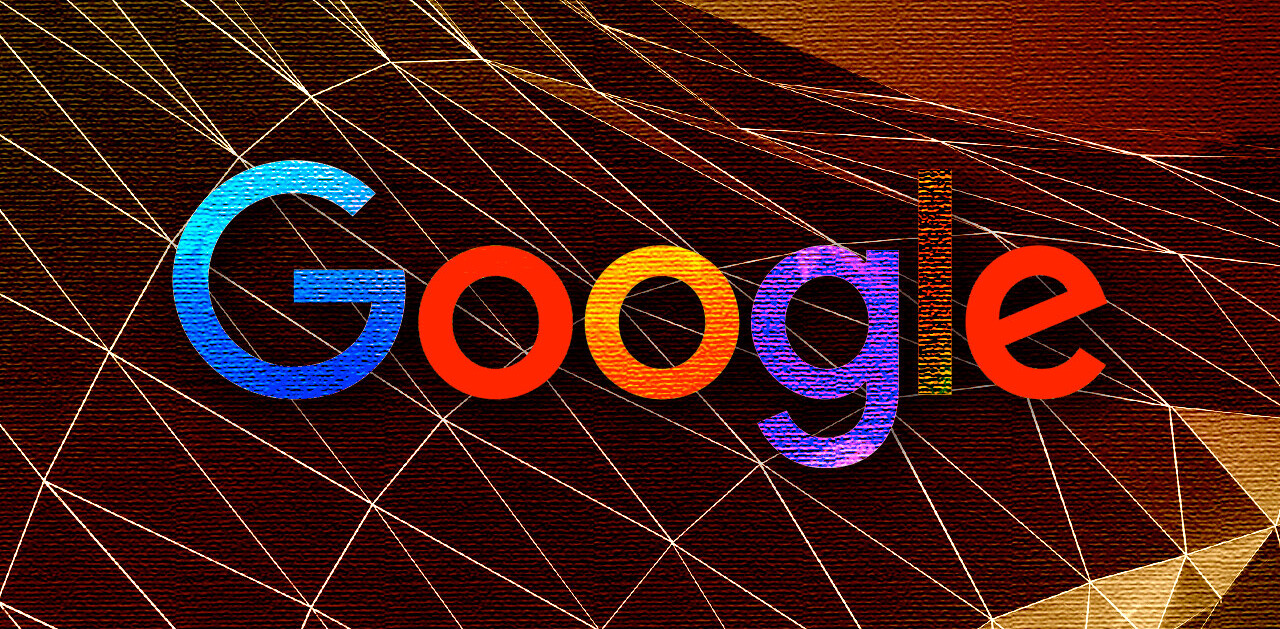
Do you know somebody who suffers from dyslexia? Is this something you have overcome in the past? Are you interested in learning more about the developments (such as the use of technology) in treating this serious learning problem?
Many people are unfamiliar with the fact that there are approximately 40 million American adults with dyslexia. That’s a big number that shows just how serious this problem truly is.
Adding to the above, here are three more statistics that are sure to surprise you (courtesy of the Dyslexia Center of Utah):
- 70 to 80 percent of people who have poor reading skills are likely to be dyslexic
- Dyslexia is the most common language based learning disability
- 30 percent of children with dyslexia also have at least a mild form of ADHD
Now that you understand just how big of a problem this is – both for adults and children – it’s time to answer an important question: What’s the best way to treat dyslexia?
For many years, the same methods of treatment have been in play. While a traditional approach can generate results, many people are turning their attention to advanced technology. They have come to find that there are many types of technology that can treat dyslexia, as well as a variety of other learning disabilities.
Since no two people are the same, there is no way of knowing what treatment will work best. This is why it’s so important for anyone dealing with this problem to learn more about their options.
Here are a few of the many types of technology that could be the answer to dyslexia:
Technology that teaches people to read and write
Learning to read is easier said than done. Speechify has a variety of tools that make it easier for people to not only learn how to read, but to become proficient in a reasonable period of time.
For example, you gain full control over your readings when using this tool. Here’s what the company has to say about this:
“Pause, skip, or change the speed anytime you want. Have full control over your readings.”
It’s this type of control that makes it easier to learn, as you don’t have to adhere to strict guidelines that may not work for you.
Cliff Weitzman is the mastermind behind Speechify AI technology. As a Forbes 30 Under 30 winner, it’s easy to be confident that his technology is on the right track to treating people who suffer from dyslexia (and other learning disabilities).
Sound literacy
The Sound Literacy App continues to grow in popularity, thanks to its approach to helping students learn how to read.
The nice thing about this app is that it was developed by a teacher. This goes a long way in ensuring that it translates seamlessly into the classroom.
While this app may not be the most advanced technology available, it has a long list of features that can help people with dyslexia learn in a more efficient manner. From learning sounds to processing words, it’s a tool that many parents, students, teachers, and tutors are using to their advantage.
Student learning
There is more to Nessy than a cool name. The technology is defined by the company as follows:
“Nessy programs are designed to help students of all abilities learn to read, write & spell, especially those who learn differently.”
Just because someone is dyslexic doesn’t mean there is something wrong with them. It simply means that they need to learn in a different way.
The Nessy Dyslexia PD training program is designed for teachers and tutors. This goes a long way in helping them better understand dyslexia, including how to pinpoint this problem and the best way to teach students who are struggling with this disability.
Conclusion
In the years to come, technology will remain a big part of conquering the problem of dyslexia.
While there is no cure for this learning disability, it’s possible for anyone with dyslexia to get past this problem as to lead a better life in the future.
What are your thoughts on this technology? Do you believe that advanced technology could be the answer to treating dyslexia in the most efficient and effective manner? Share your personal experiences and thoughts in the comment section below.
Get the TNW newsletter
Get the most important tech news in your inbox each week.




